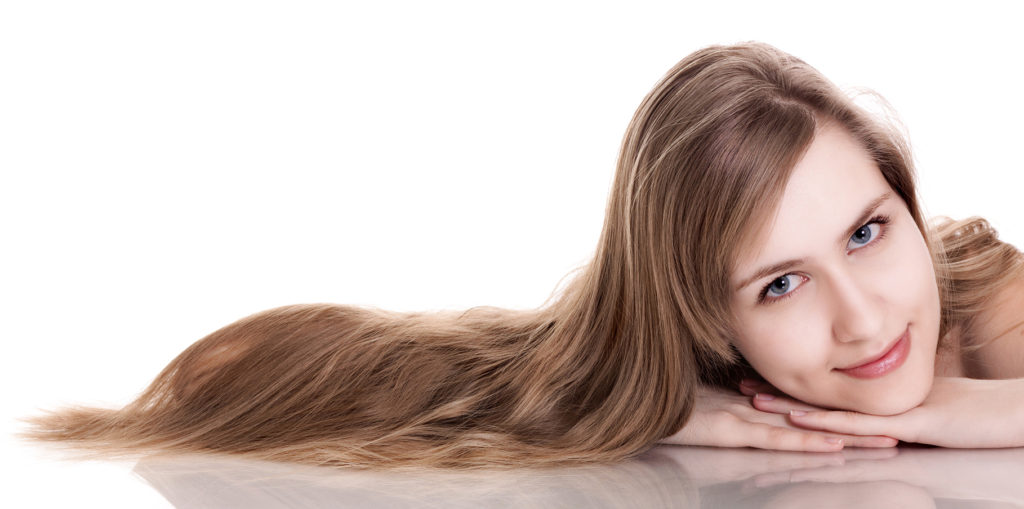Basic fibroblast growth factor (bFGF), also known as FGF-2, is a potent biological molecule involved in cell proliferation, differentiation, and angiogenesis. In the context of hair loss, bFGF is increasingly recognized for its potential to stimulate hair follicle development, improve hair growth, and reduce hair shedding. It works by enhancing the proliferation of dermal papilla cells, promoting vascularization around hair follicles, and maintaining the hair growth cycle. Several studies have explored its therapeutic applications in hair restoration.
Key Research Findings
- Regenerative Medicine and Hair Disorders
A systematic review of randomized controlled trials highlighted the role of regenerative approaches, including bFGF, in dermatologic disorders like alopecia. The study found bFGF’s involvement in enhancing hair thickness and reducing hair loss through mechanisms such as improved vascularization and cell proliferation.
- Early Hair Follicle Development
Research focused on fibroblast growth factor (including FGF20) emphasized its role in early hair follicle development. Though not directly tied to bFGF’s application in adults, these findings provide a molecular understanding of how FGFs contribute to follicular dynamics.
Explore details at University of Helsinki
- Synergistic Role with Epidermal Growth Factor
Studies demonstrated that bFGF, combined with epidermal growth factor (EGF), creates a supportive environment for cell growth, improving hair follicle regeneration. This combination therapy showed promise in clinical settings for enhancing stem cell differentiation into hair follicle-related cells.
- Role in Keratinocyte Function
Research into keratinocyte activity revealed that bFGF regulates the production of growth factors crucial for hair follicle maintenance. Its modulation can potentially reverse hair follicle miniaturization seen in hair loss conditions like androgenetic alopecia.
View at African Journal of Biological Research
- Potential in Stem Cell Therapy
Stem cell-based approaches utilizing bFGF and platelet-rich plasma (PRP) have been studied for hair loss treatment. The findings indicate that bFGF enhances stem cell migration and angiogenesis, providing a supportive microenvironment for hair regrowth.
Conclusion
Basic fibroblast growth factor shows promising potential in combating hair loss through its ability to enhance hair follicle proliferation, improve vascularization, and support follicle health. Future research could refine its clinical applications, especially in synergy with other growth factors and stem cell therapies.
What can we offer at Rejuvence Clinic?
Here’s a refined version of your statement with improved flow and clarity:
At Rejuvence Clinic, we are dedicated to offering the most advanced and effective treatments for hair loss, regardless of its cause. Whether it stems from genetic factors, androgenetic alopecia (male and female pattern hair loss), or autoimmune conditions like alopecia areata, we provide a comprehensive range of solutions tailored to individual needs.
Our clinic is proud to offer the most extensive platelet-rich plasma (PRP) treatment protocols, including the cutting-edge Angel Arthrex system. We strongly advocate for the use of combination therapies to achieve the best possible outcomes. By integrating multiple modalities, we are better equipped to address the unique challenges of different types of hair loss, moving beyond the limitations of single-treatment approaches.
Learn More or Book Your Consultation
Contact us today to explore how Skin Tide PRF can revolutionize your hair restoration journey:
📞 Call us: 0207-531-6600
💬 Message us on WhatsApp for instant support.
For additional details, visit our Platelet-Rich Plasma for Hair Loss pages to discover the full potential of these treatments.

